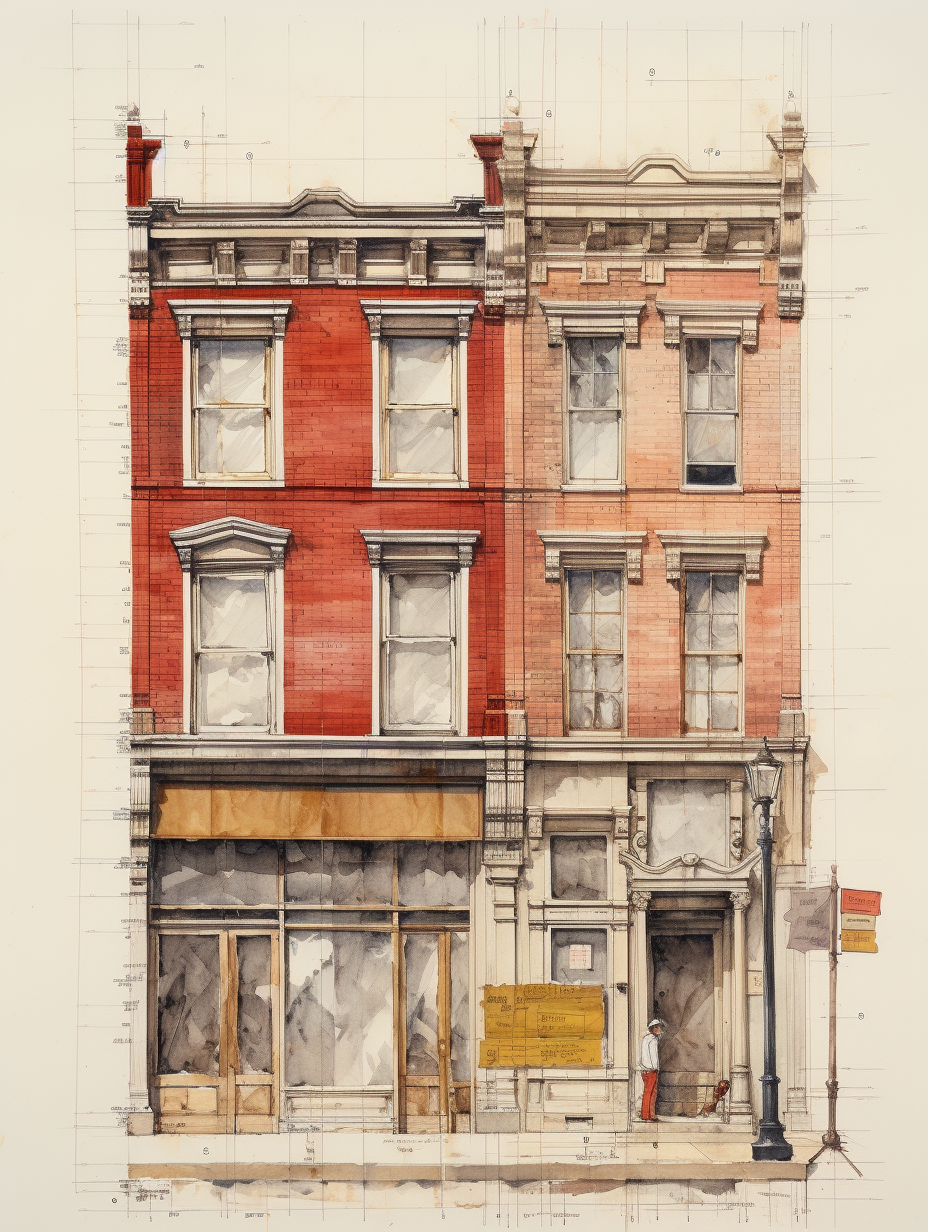The Impact of Architectural Guidelines on Shaping Our Cities
01/09/2024

Here’s a closer look at their importance:
Aesthetic Cohesion & Identity: Architectural guidelines go beyond zoning’s basic functional concerns to help maintain a city’s unique character. They preserve its heritage and create a recognizable identity, which is crucial in both historic and modern areas.
Functionality and Efficiency: Standards and guidelines ensure that buildings and public spaces are not only compliant with zoning laws but also practical and sustainable. They influence aspects like sunlight in streets and the use of vernacular or local materials, enhancing the quality of life in urban settings.
Safety & Accessibility: Beyond the basic safety standards set by zoning, good architectural planning creates spaces that are inclusive and secure for all citizens, considering the diverse needs of the community.
Property Value Enhancement: While zoning ensures orderly development, architectural guidelines add a layer of contextuality and design. This not only improves the living experience but also tends to drive economic growth, making neighborhoods more desirable.
Fostering Community and Belonging: Architectural guidelines, aligned with community input, ensure that a city reflects the cultural and historical values of its residents, thereby strengthening their sense of belonging. This creates spaces that are central to social and cultural life, going beyond the impersonal nature of basic zoning.
Evolving with Time: Unlike static zoning laws, architectural guidelines are dynamic, adapting to a city’s changing needs and aspirations. They are essential in making urban spaces resilient and sustainable for future generations.
In essence, architectural guidelines are the heart and soul of urban planning. They intertwine aesthetics, functionality, and community, shaping the buildings that enhance the character of our public spaces and streets, improving the quality of life in our cities.
#UrbanPlanning #CityDesign #Architecture #SustainableDevelopment #CommunityEngagement #UrbanLife